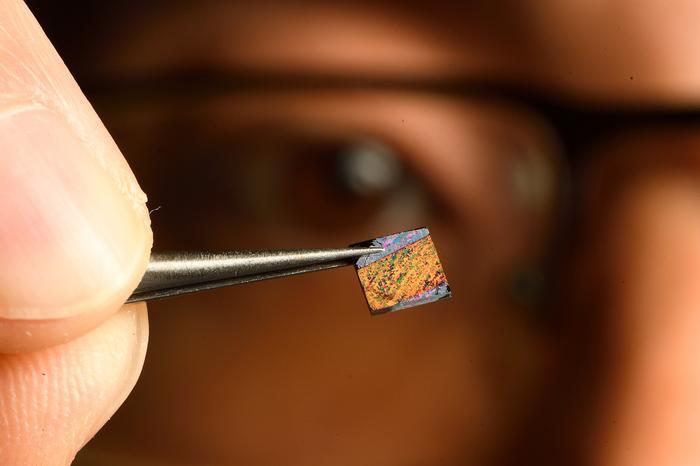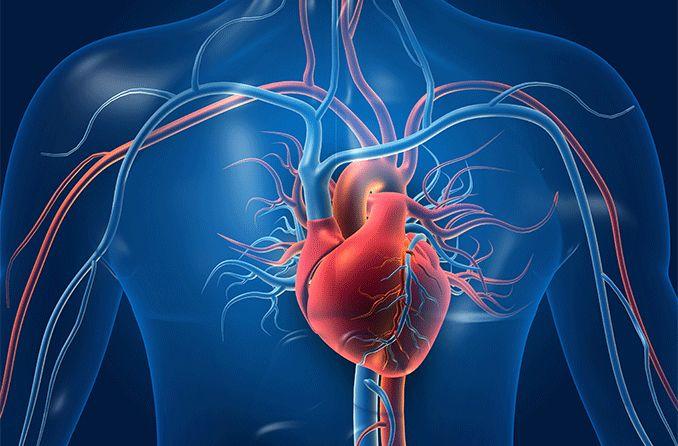
The advent of digital technology has brought about significant changes in the field of medicine. Artificial Intelligence (AI) and Synthetic Biology (SB) are playing a pivotal role in the diagnosis and treatment of diseases. AI has the potential to transform healthcare by enhancing efficiency, accuracy, and improving patient outcomes. It can analyze patient data to assist with triaging patients based on urgency, prioritize high-risk cases, reduce waiting times, and improve patient flow. AI algorithms can also analyze medical images, X-rays, CT scans, and MRIs, allowing for full penetration of electrolyte ions into the semiconductor channel. This results in large drain currents with small gate voltages, making them excellent signal amplifiers for biomolecular interactions.
SB, on the other hand, allows the production of bioactive compounds in non-natural hosts, revolutionizing the pharmaceutical industry. Using computational and experimental tools, SB can help design chassis cells as novel drug screening platforms or as biofactories for the production of difficult bioactive compounds. For instance, E. coli is the best-studied prokaryotic model organism with properties of a well-defined genetic background, rapid reproduction, low cost, and high levels of foreign protein expression. Therefore, it serves as an important component of high-throughput drug screening platforms. In addition to AI and SB, the development of biomolecular sensors for advanced physiological monitoring has also been a significant breakthrough in the medical field. These sensors can detect a wide range of likely digital enhancements in medicine, health, fitness, and nutrition; access to information and expert recommendations; education in both formal and informal settings; entertainment; transportation and energy; and other spaces. They believe that digital and physical systems will continue to integrate, bringing "smartness" to all manner of objects and organizations, and expect that individuals will have personal digital assistants that ease their daily lives.

The development of loop-mediated isothermal amplification (LAMP) assays using five primers reduces the false-positive rate in COVID-19 diagnosis. This increase in the enzyme concentration would also increase the assay cost; nonetheless, the developed assays are expected to be more accurate in eliminating false-positive results. Higher primer stability enables optimizing the reaction conditions by adding components or varying the concentrations of existing components to enhance the detection speed without risking non-specific amplifications.
In the field of cancer research, the discovery of small molecule metabolites has been instrumental in the development of biomarkers and therapeutic targets. These metabolites can be used to detect and monitor the progression of diseases such as cancer, diabetes, and cardiovascular diseases. For instance, a maternal serum metabolite ratio predicts fetal growth restriction at term. The improved method aids healthcare specialists in making informed decisions for appendicitis diagnoses and treatment. The integration of digital technology in the field of medicine has brought about significant advancements in the diagnosis and treatment of diseases. The use of AI, SB, and biomolecular sensors has not only improved the accuracy and efficiency of disease detection but has also paved the way for the development of novel therapeutic targets and biomarkers. As research progresses, these technologies are expected to revolutionize healthcare, making disease diagnosis and treatment more precise, efficient, and personalized.





!['Had denied Housefull franchise as they wanted me to wear a bikini': Tia Bajpai on turning down bold scripts [Exclusive]](https://data1.ibtimes.co.in/en/full/806605/had-denied-housefull-franchise-they-wanted-me-wear-bikini-tia-bajpai-turning-down-bold.png?w=220&h=138)



